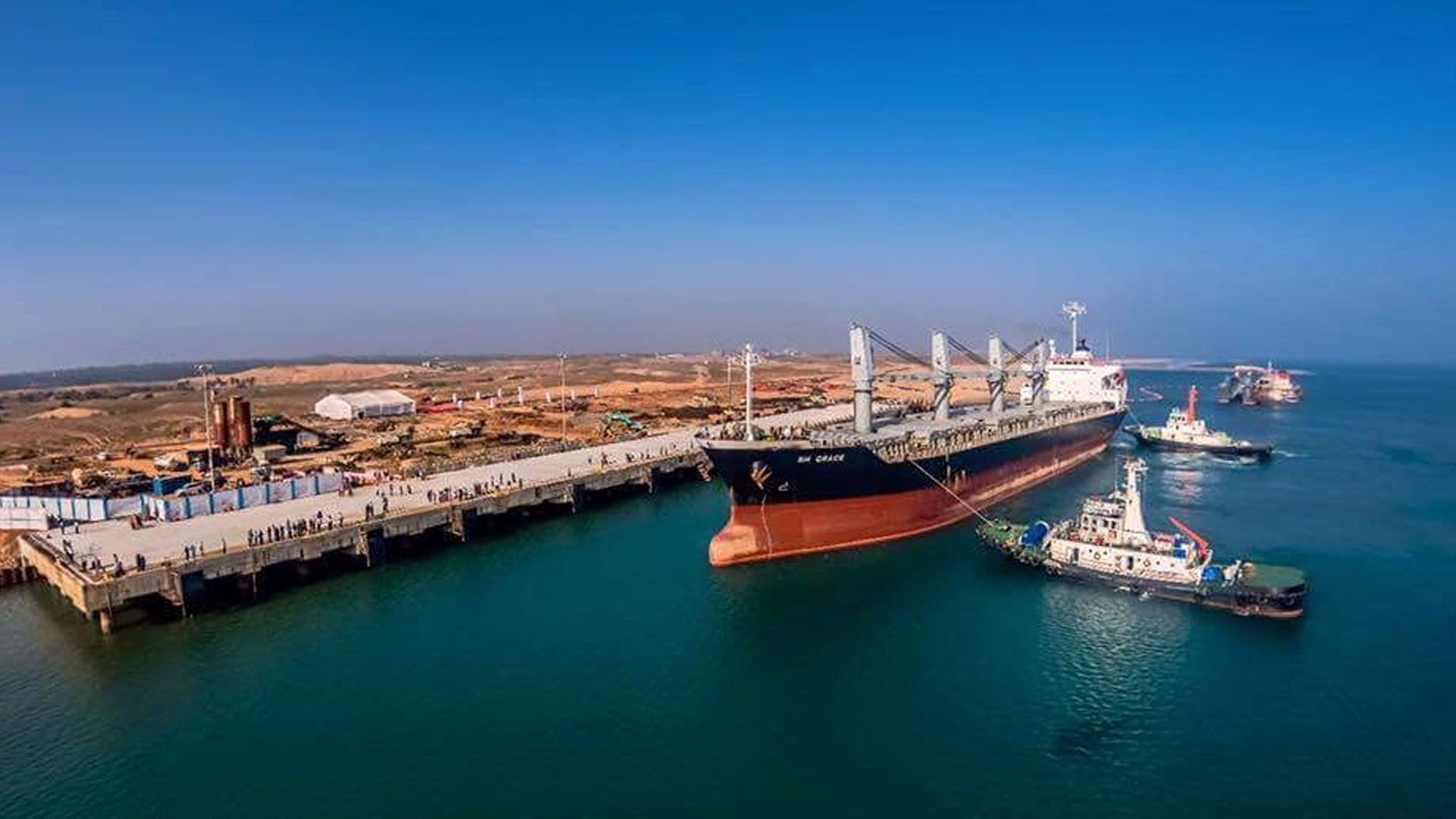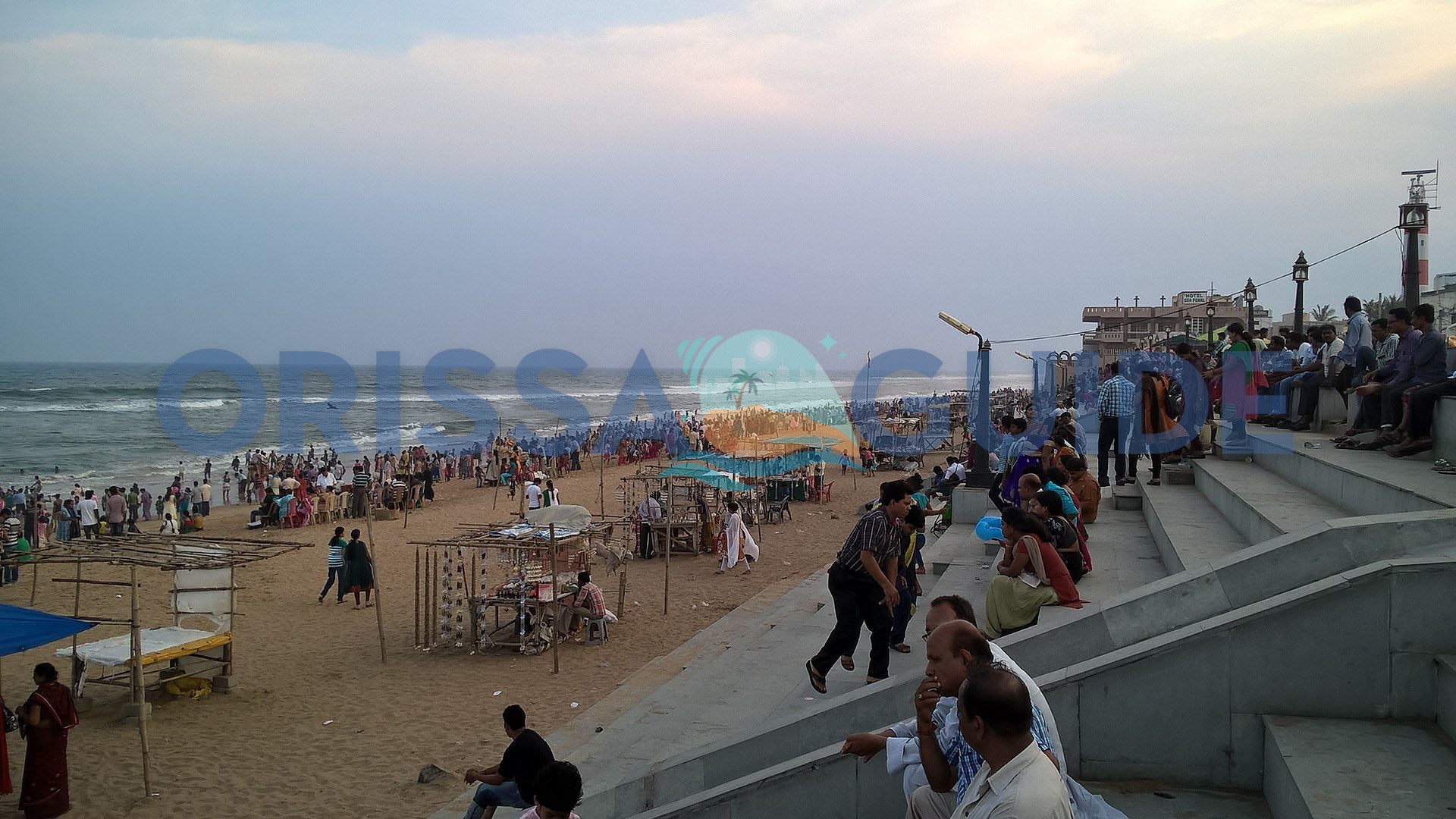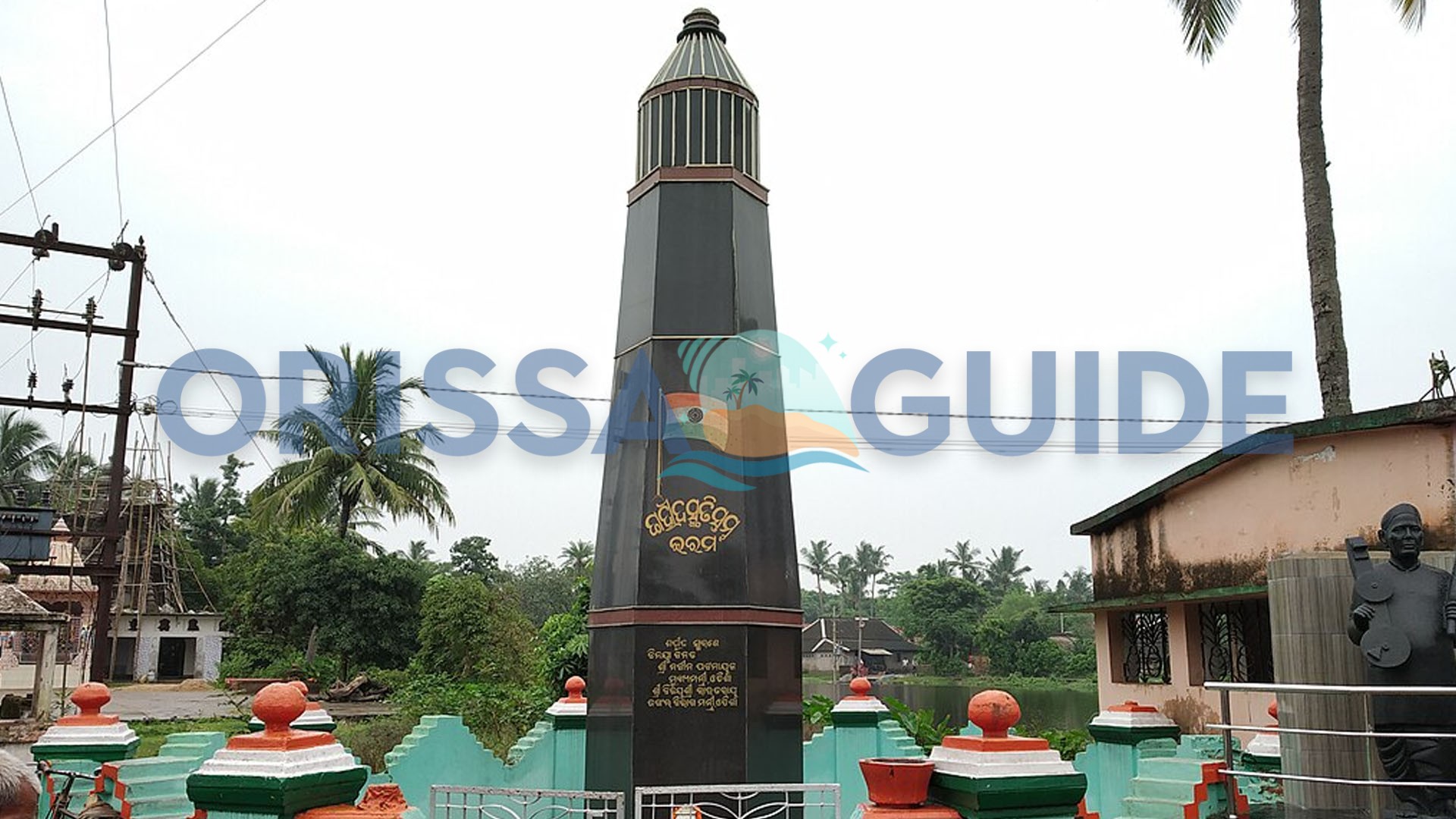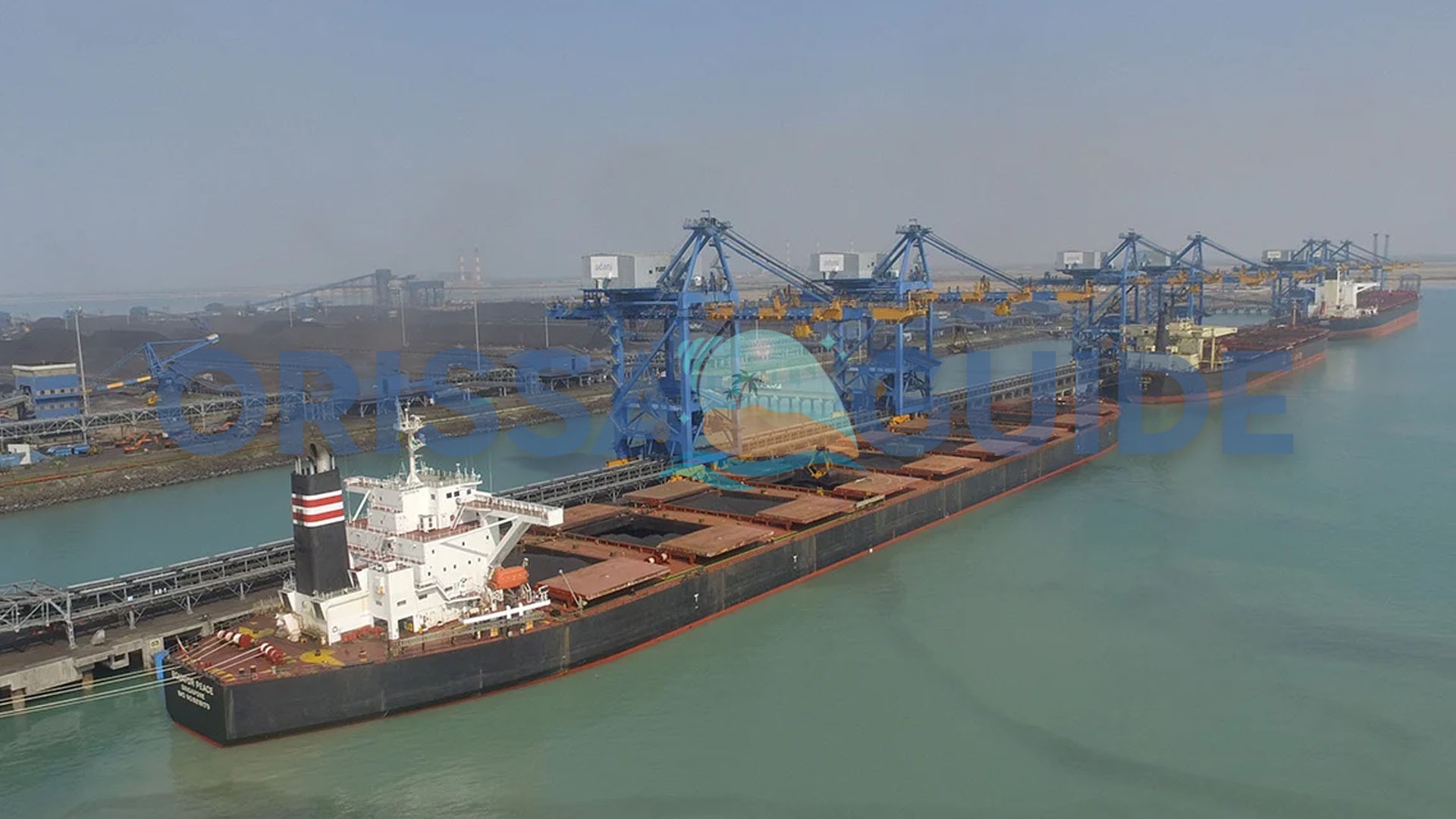Introduction to the Silk City
Berhampur, more often referred to as the Silk City, is a fast montage of tradition and modernity right in the heart of Ganjam District, Odisha. The historic city, with its most exquisite silk-weaving industry, can take one on a kaleidoscopic ride through its rich cultural heritage, busy markets, and tranquil landscapes. The cultural landscape of the city is as varied as its tag of being one of the most important urban centers of Odisha, which has emerged as a nerve center of economic and cultural activity, yet retaining ancient insights about its roots.
Historical Importance of Berhampur
A Glimpse into
The history of Berhampur is several centuries old; it can be traced back to the ancient Kalinga empire. The contribution of various rulers and dynasties makes this city a cultural mosaic. It was during the British colonial period that Berhampur emerged as one of the important centers of trade due to its strategic location on major trade routes. The historical importance of the city can also be attributed to the role the place played in the freedom struggle, with several leading figures hailing from this region.
Architectural Marvels
The architecture of Berhampur reflects a blend of tradition and colonization. Some of the major attractions and monuments comprise the Raja Nahar Singh Palace, colonial in its architecture, and the Mahuri Kalua Temple, which is again a wonderful example of fine carvings glorifying ancient religious motifs. These constructions not only articulate the historical grandeur but also offer a prized possession of culture among the locals.
The Silk Industry: A Tradition of Excellence
Berhampur has a historical footing for silk weaving and got the name Silk City. Berhampuri silk is a famous production of this city, with rich textures and lively colors forming intricate designs. Centuries-old techniques have been passed down through this town to help in creating this silk-weaving tradition in Berhampur.
Craftsmanship and Techniques
The artistry of Berhampuri silk is just marvelous. Traditional techniques include the ikat method of yarning, which is dyed before weaving so that individual strands display peculiar designs. Every saree speaks to the skill of the weaver, possessing elaborate designs that are usually inspired by nature or historical themes. The use of high-quality silk and craftsmanship makes Berhampuri highly demanded sarees in India and abroad.
Silk Industry: This industry forms the backbone of the economy in Berhampur, as it supports the livelihood of thousands of local families and provides a considerable share of the city’s revenue from both domestic sales and exports. The government has also initiated some schemes for its promotion and support so that traditional skills may thrive in the modern era.
Local Attractions and Activities in Berhampur
Cultural and Religious Places
It is full of cultural and religious experiences: the Buddhist site in Mahendragiri, which is believed to be an ancient center of Buddhist learning; panoramic views in Kalupadagiri Hill, a very popular hiking and picnic spot; and Jagannath Temple in Berhampur attracts pilgrims from all over the region.
Local Markets and Shopping
Dream storehouses, for the shopper, bustling markets of Berhampur are a shopper’s dream. Lalbagh Market and Daba Gardens can pride themselves on being quite famous for their wide array of silk products-from sarees to scarves and stoles. These markets also cater to a great deal of local handicrafts, traditional artifacts, and delicious street food. Interaction with local vendors gives one a peek into the very vibrant culture and commercial life of the city.
Festivals and Celebrations
Festivals and cultural events in Berhampur are quite vivid. The Silk Festival celebrates the silk-weaving art of the city every year with a host of exhibitions, workshops, and cultural performances. Rat Yatra is celebrated with great enthusiasm. The grand procession with traditional rituals attracts many visitors. These festivals offer a very good insight into the cultural and social entities of Berhampur.
Sustainable Development and Future Prospects
Preserving Tradition in the Modern Era
While Berhampur is growing day by day into a modern city, traditional industries and rich cultural heritage are being preserved. Promotion of eco-friendly practices along the value chain of silk production is highly essential to retain the identity of this city, along with the preservation of historical monuments. The blending of modern technology with traditional craftsmanship will preserve the rich legacy of the silk industry in Berhampur for generations to come.
Infrastructure Development and Tourism Growth
Tourism development in Berhampur is thus going hand in hand with infrastructure development. Better connectivity, improved facilities, and the creation of tourist-friendly infrastructures are reasons for developing this city as a destination for travel. These also provide a more enriching experience for visitors and aid in the economy by opening job opportunities and building businesses.
Conclusion
Berhampur essentially stands for Odisha’s heritage and modernity with its rich history, thriving silk industry, and various activities in the vibrant cultural milieu. From its historical sites to the famous silk products and dynamic festivals, a visitor to the Silk City has a gamut of activities representing tradition and progress. It is considered, in the ever-evolving Berhampur, an exemplary showcase of how heritage and modernity can blend without being at a crossroads with each other.









